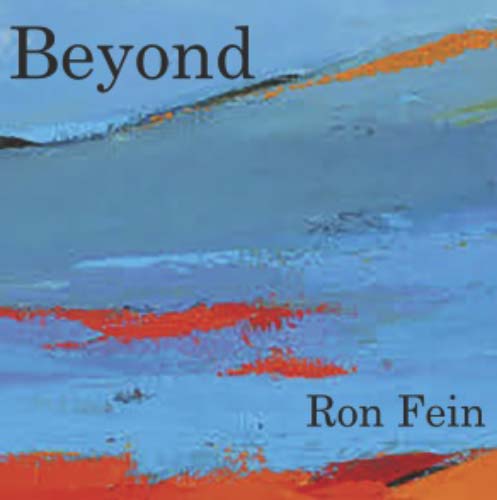The sounds and gestures of distinct cultural genres are explored here, and expanded to create new musical forms beyond tradition.
- Tu tu mbira (10:36) In Sudanese, tu tu mbira means something that is good, reflecting a positive mood. The mbira instrument is an African thumb piano, combined in a tribal setting with a panoply of drums, coaxing complex inner rhythms.
- Muromachi koto (13:26) The Muromachi period in Japan brought the tea ceremony, sumi painting, and the use of the koto stringed instrument. The austerity of traditional melodies are distilled, through dramatic pause, recurrence and in combination.
- Appalache (8:24) Appalachian and bluegrass banjo music is a distinctive addition to the American folk tradition. Iconic picking and strumming techniques are explored and layered, increasing density and complexity.
- Bardo (12:05) for Dave Hollinden. Bardo is a Buddhist transitional state between death and rebirth. The three bardos are dying, reflection, and new life. Deep drumming reaches into the solemnity, desperation andresolution of the dying process, emerging into a new state of existence.
- Metal symphonie (33:18) for Bernhard Gander. Heavy metal music first appeared on the pop charts in the 1960’s, played loudly with overtones and distortion. This music follows the thematic structure of the Symphonie Fantastique of Berlioz, and made as a rock opera solely for electric guitars.
A combination of sampled and live instruments, all music is performed, composed and engineered by the composer.
